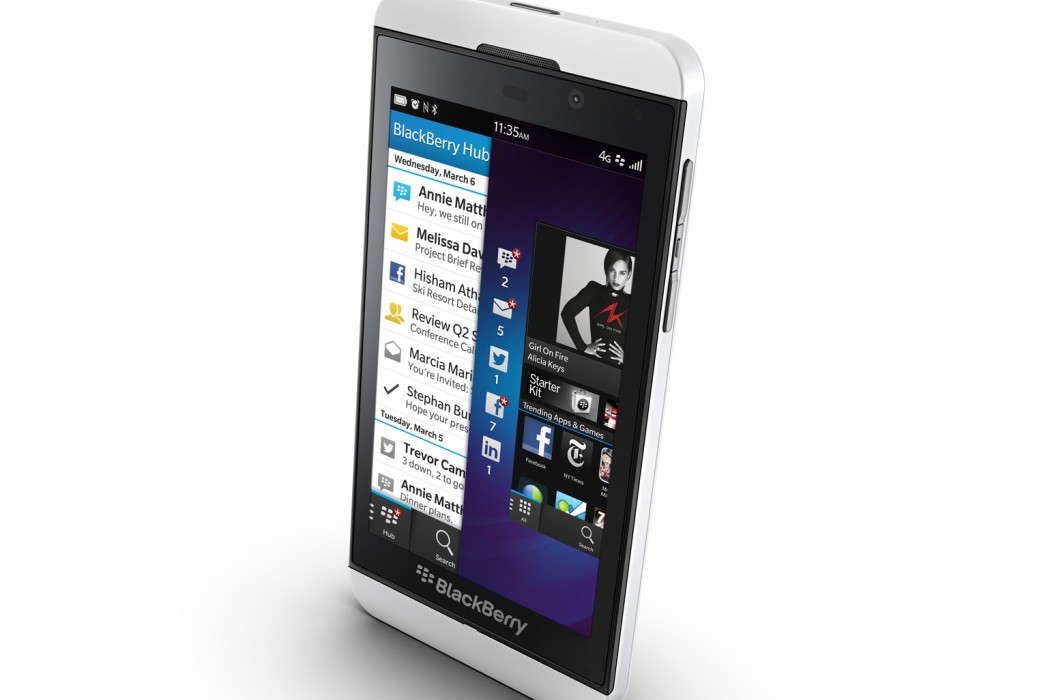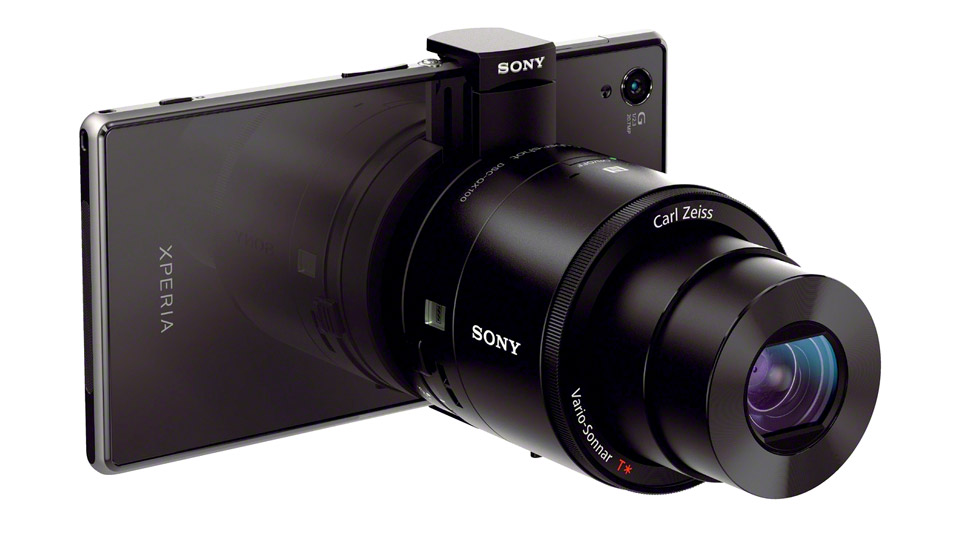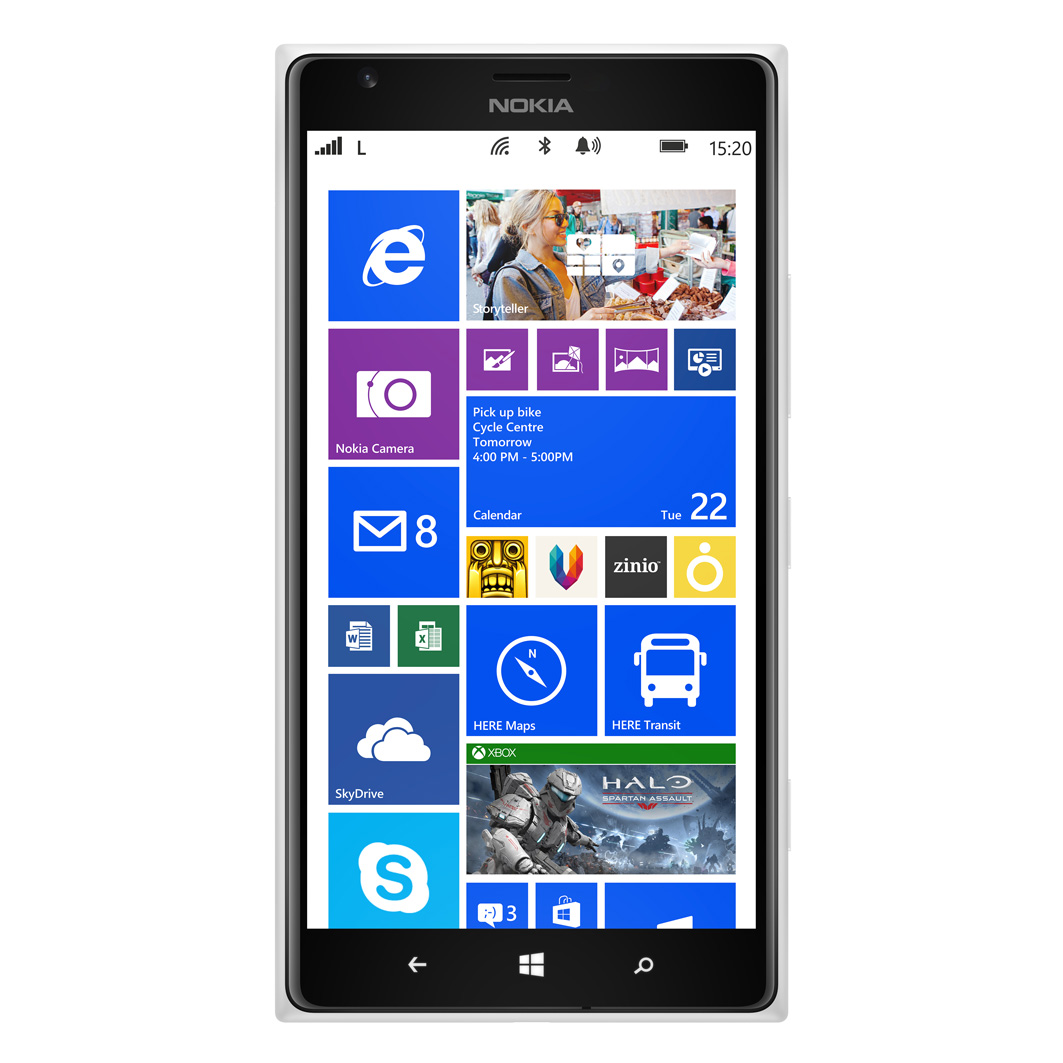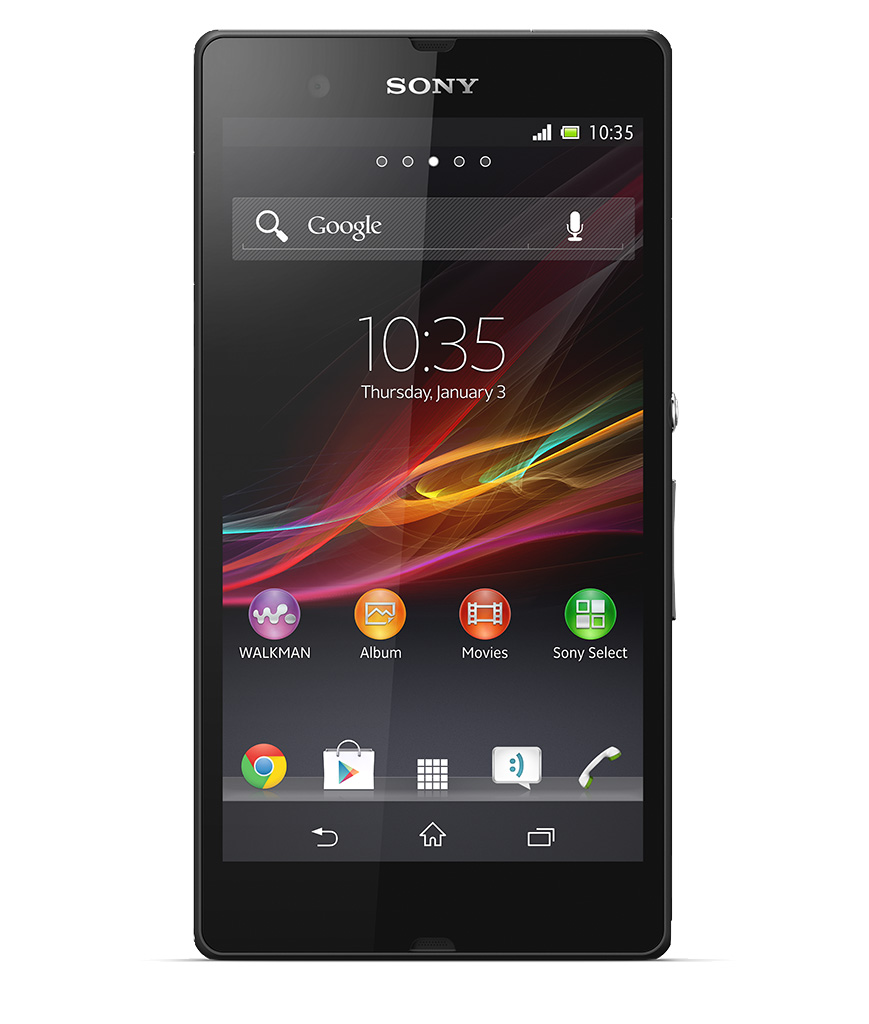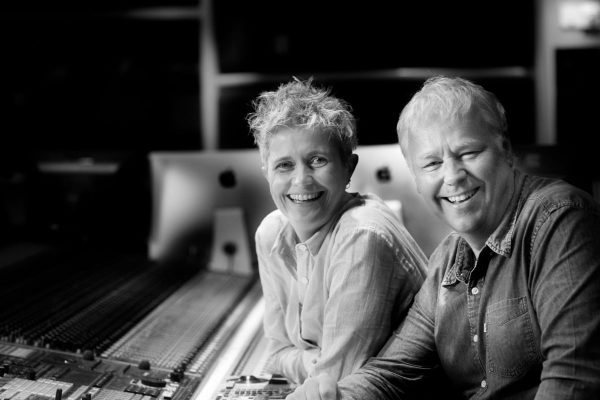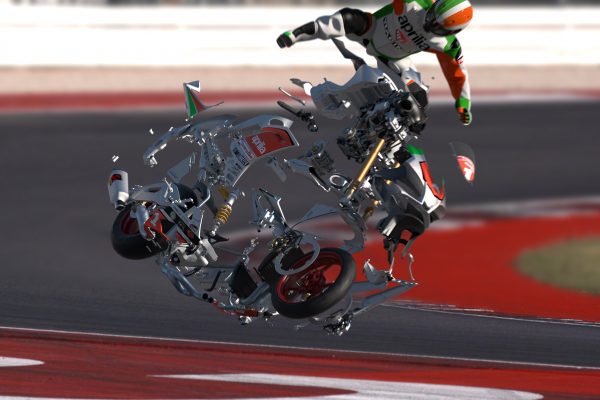Look out Red, look out Alexa, there’s a new kid on the block and she’s called iPhone…
Story by David Hague
Okay, so a smartphone will never be a substitute for a dedicated video camera. Not in this lifetime anyway. The combination of lens, ergonomics, controls and audio capability just can’t be matched by a box that also makes phonecalls and can fit in your pocket yet, and I’d say probably never will.
But phones have cameras, and they’re always on you. So getting to know how to use them better is an invaluable weapon to arm yourself with. Furthermore, smartphone footage is increasingly acceptable to screen. In the good old days, before apps and wifi, the rules about what TV stations would accept were strict. These days, they can handle anything. The 24-hour news cycle relies on publicly submitted video to bulk out what the content their teams can’t always capture. Splicing it into your film project is just the same, and with the options available for post-production these days, it’s not uncommon for films formats to span a range of devices, including smart phones.
So if you’re going to buy a phone, and we all are at some point, do video capabilities come into consideration? And if they do, what are the key functions that you’re looking for? If you already have a phone – how do you make the most of it?
Aside from skill, there are a few things that you should be including on your checklist.
Lens
This is arguably, the most important element of all. Cheap smartphones will, generally, have cheap lenses (plastic as opposed to glass), and these will show distortion and aberrations. Get your self a glass lens and you’re halfway there. Next thing is the lens size. A small lens lets in less light for the sensor to play with. A larger lens lets in more light and will result in a cleaner, crisper image even in lower light levels.
Zoom
This is a tricky area and one that commonly trips people up. Purpose-built video cameras get their zoom via moveable lenses, but there is no such luxury in a smartphone (yet!). The zoom is digital, which means the computer in the phone zooms in on the standard image and crops. There is no more detail captured by zooming in. The only way to achieve more detail is to treat a digital zoom lens the same way you would a prime – get closer to the subject.
If you are going down the Smartphone shooting route more seriously, you can fit an optical zoom lens camera to you phone, such as the Sony 20.9 Mega Pixel QX Series cyber-shot. This particular model has a 3.6x optical zoom built in, and will fit most smartphones. It also gives you a wide ISO range for low light shooting and is made by respected maker, Carl Zeiss. But it doesn’t come cheap, with a tag over $500…
Settings
Next is the amount of control you can get over the images from within the phone. A dedicated video camera has a whole bunch of settings to adapt the camera to current conditions such as white balance, aperture, shutter speed etc. Most smartphones don’t have any of these, unless you get a bit clever with apps. Usually they’re limited to frame size, contrast, sharpness and saturation.
Light
Not so much a purchase consideration as a shooting tip – but considering the light you have available will make a world of difference to your images. As a general rule, small, cheap lenses are ‘slow’. Meaning they need a lot of light to get a decent image. And while photos and videos make look passable on the phone screen at the time, if you are shooting in low light, chances are your images will have a lot of noisy artefacts when you pop them on something a little bigger. No amount of HD will make the slightest difference here.
The opposite end of the scale must be considered too – too much light. Shooting in sunlight will provide your camera with a lot of picture information and turn out much sharper, but it’s difficult to know what you’re getting at the time. The brighter the light, the harder it is to see the viewfinder and what it being shown on it accurately. To counter this difficulty, have a look at light histogram apps – they will show you what levels you’re really recording, irrespective of what your screen shows.
Handling
Because it’s been designed with phone calls, texting and status updates in mind, there are handling issues when using your phone for video. Not much attention has been spent on the ergonomics in regard to shooting. Being steady is difficult because of the lack of weight – so anything you can do to steady it makes a noticeable difference. Tripods are best, but there are numerous new products to market every month designed with these very functionalities in mind.
There are some inherent capture eccentricities that cannot be avoided with smartphone cameras. The worst of these are ‘rolling shutter’ (horizontal capture distortion) and fisheye distortion. But both of these issues, shaky video, wonky colour and excess noise can be rectified using an application called ‘ProDrenalin’. It’s a paltry USD$50 and a great investment from www.prodrenalin.com.
Audio
Really important, easily overlooked, and not easy to so well with the built-in mics on most smartphones. But, where there’s a will there’s a way, and where there’s money there’s a product! Smartphone mics are going from strength to strength. They do cost, but if you’re serious about shooting quality content on your phone, a mic is an absolute essential piece of kit. Australian manufacturer RØDE make a specialist external microphone called the iXY which sells for around $169, and it’s an absolute cracker.
Models
It would require an army to test all the options on the market today, but the army was busy when I called so here area some starters to think about.
Our faves: iPhone 5s, Blackberry Z10, Sony Xperia Z and Nokia Lumina 1520
Pretty good: Galaxy S5 and Nexus 4
Bad lenses, poor audio, shaky handling – are smartphones worth bothering with? Absolutely. They’re always on you, they’re cheap and they’re getting better all the time. And with a bit of thought and a few extra dollars, you can turn a glorified webcam into something that can realistically slot into your film work and offer flexibility and mobility the kind of which you would never achieve with a broadcast camera.
At a minimum, get close to the subject, pump plenty of light at it and hold it still and get a mic. And, just like that, you’re smartphone just got smarter!

